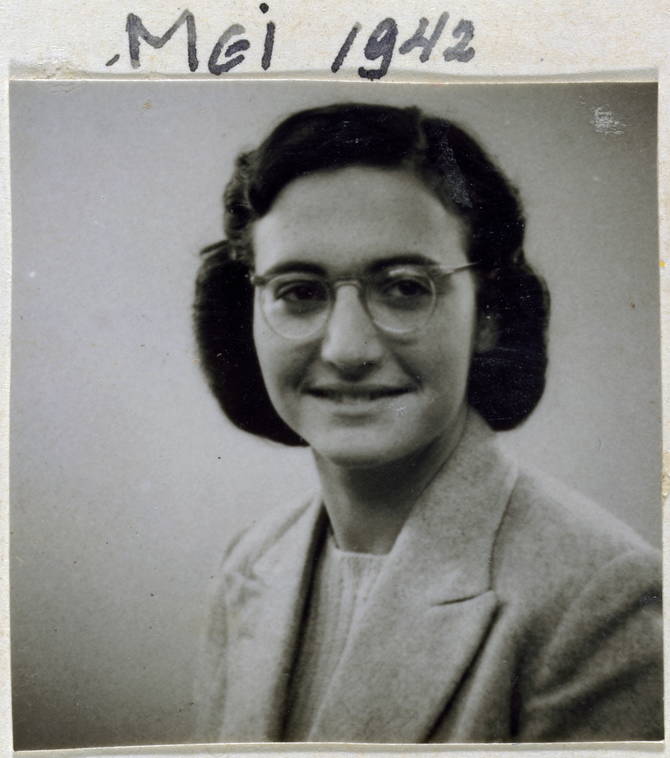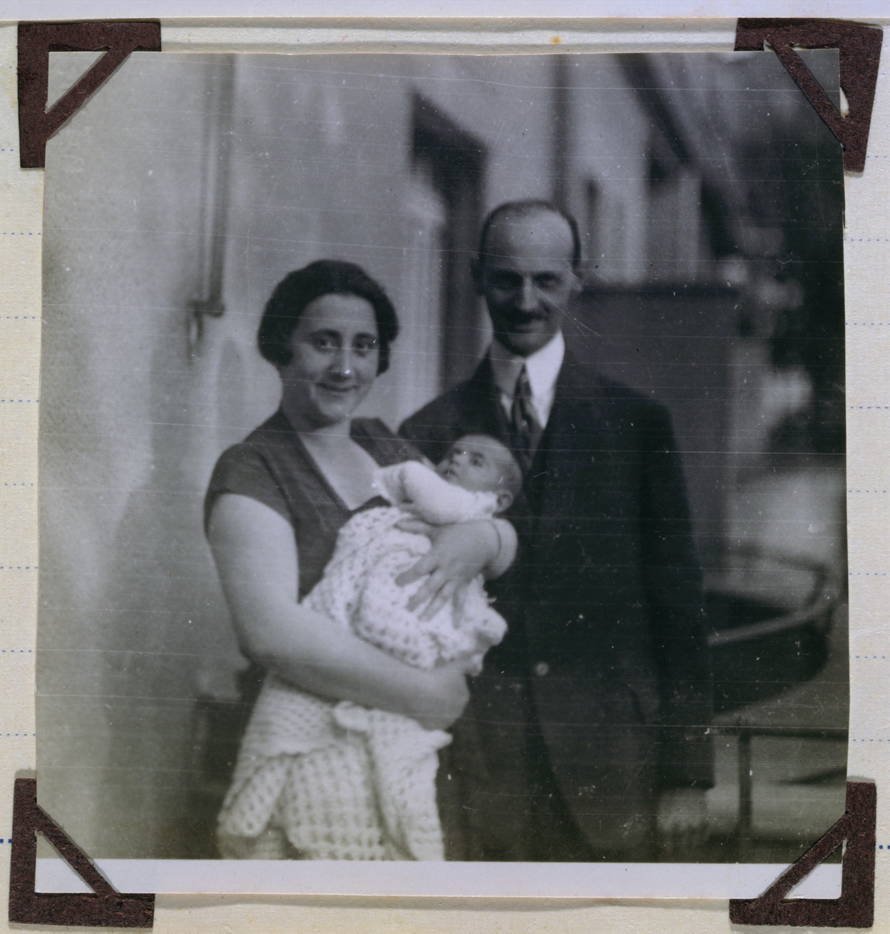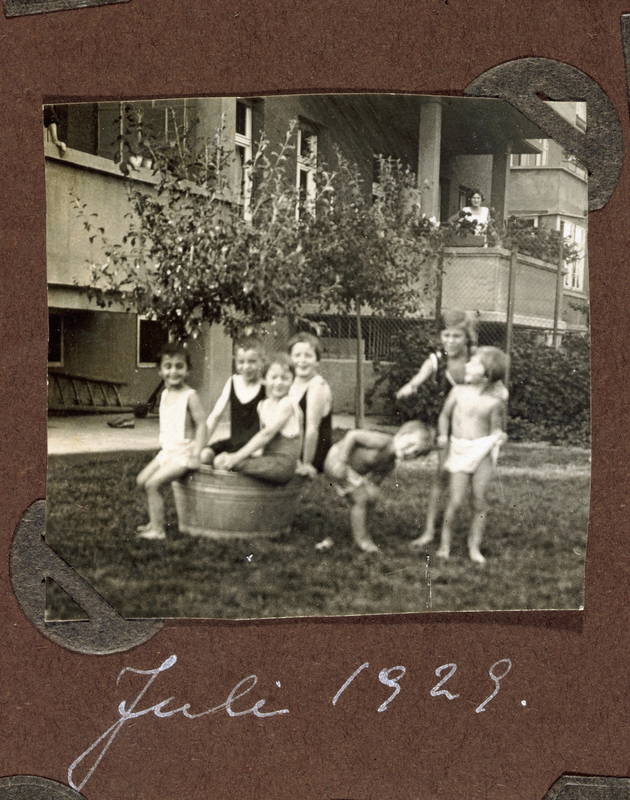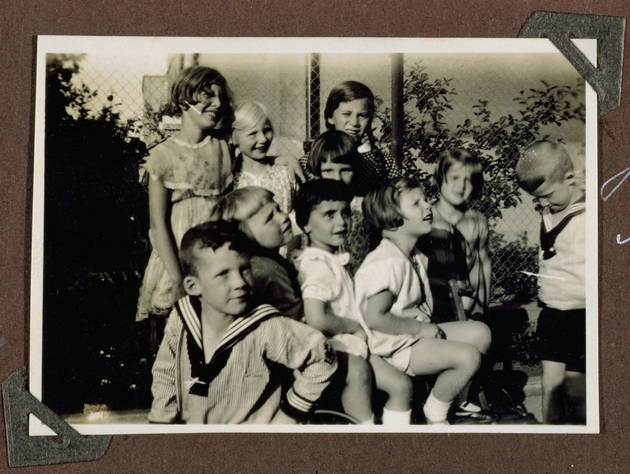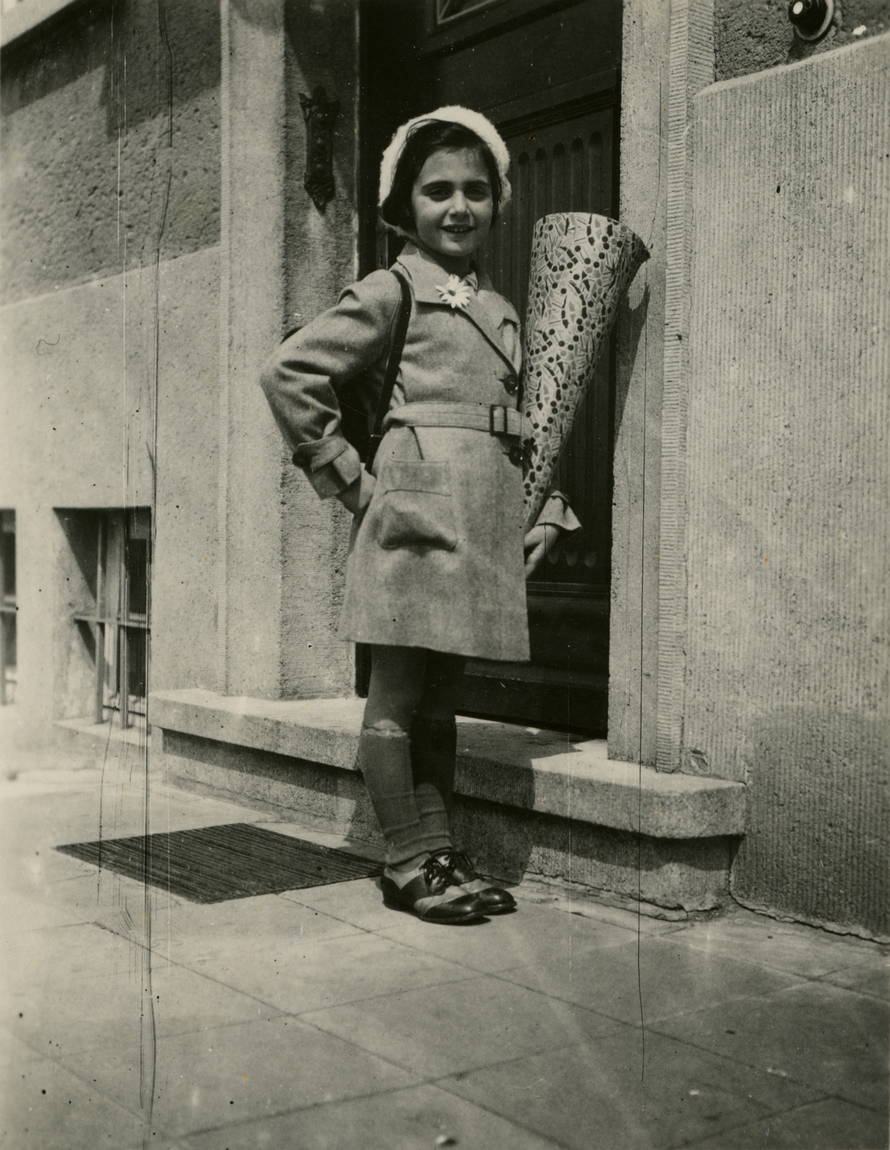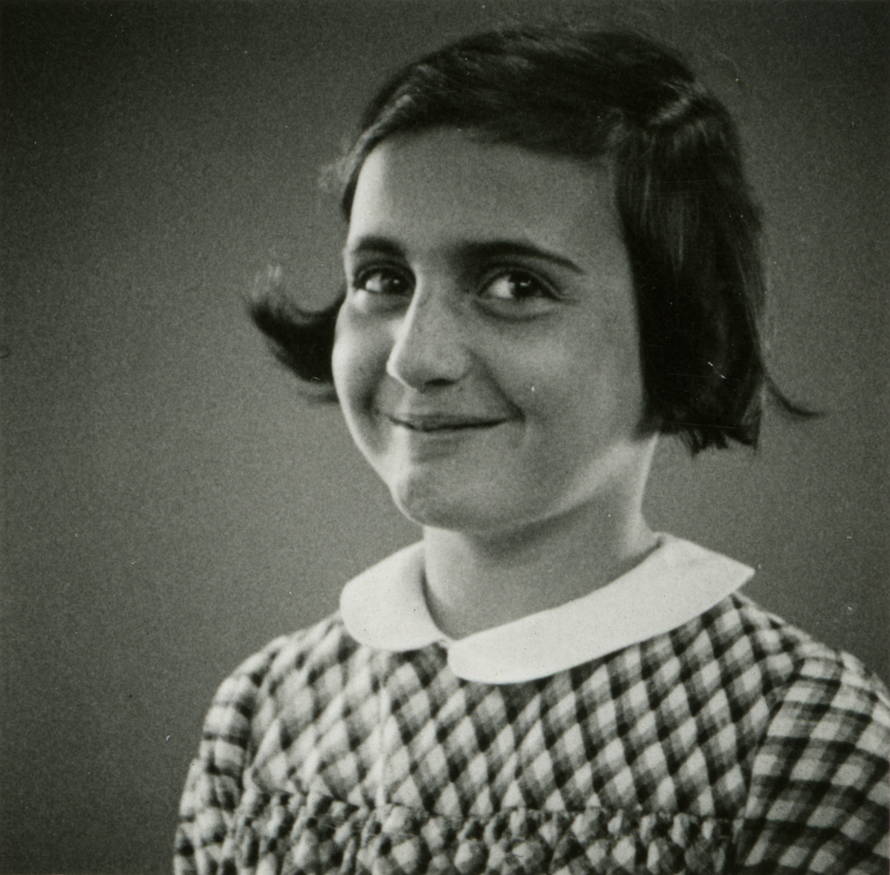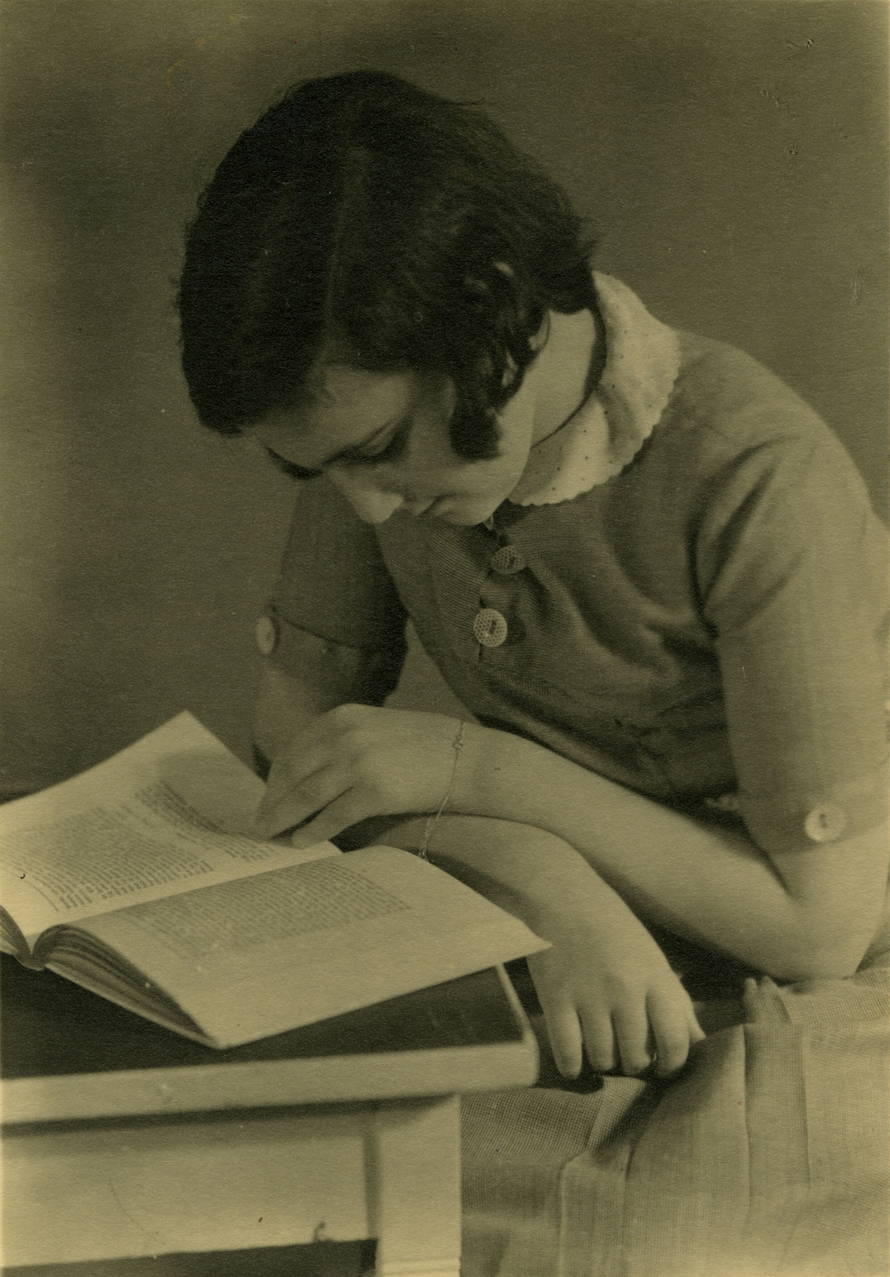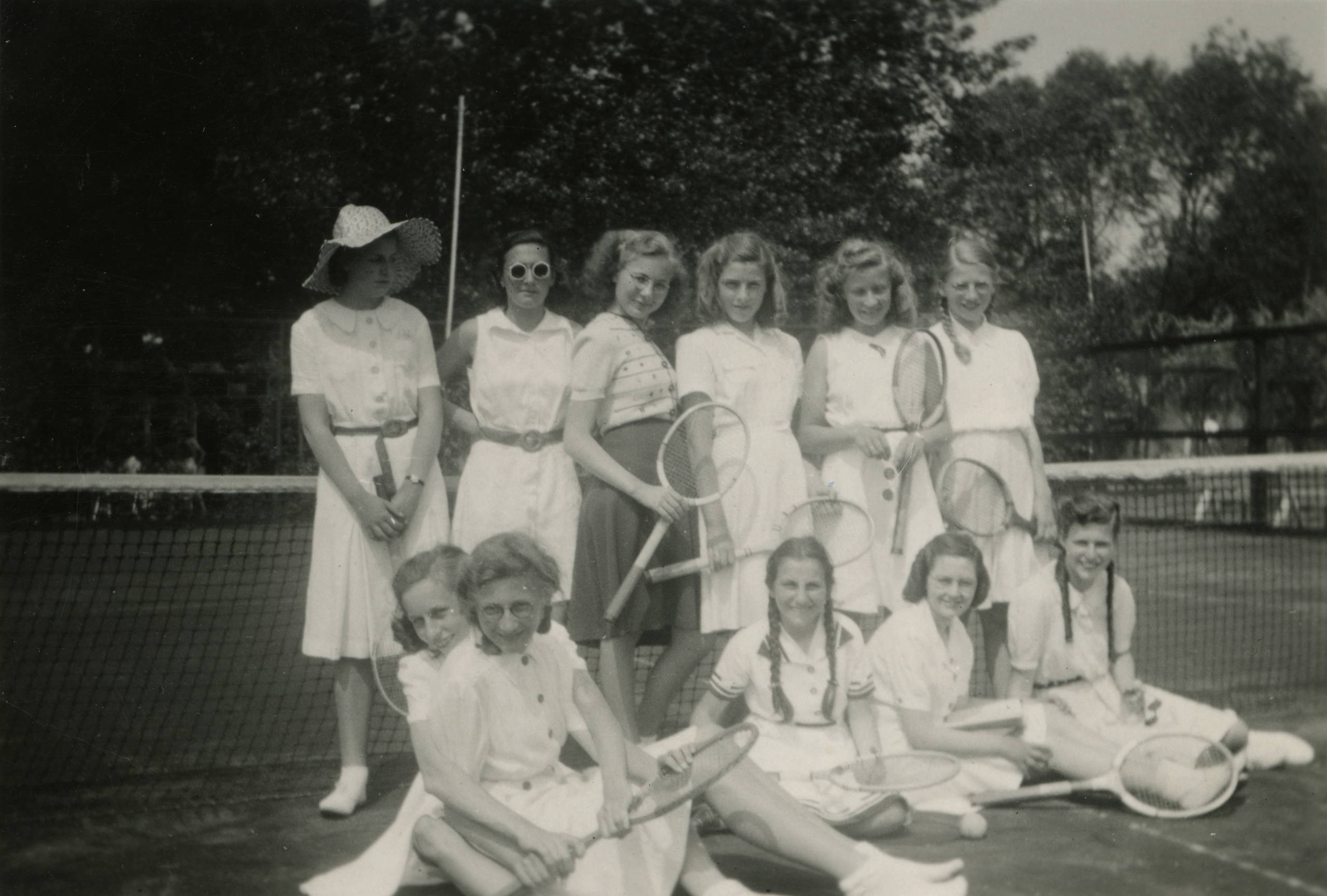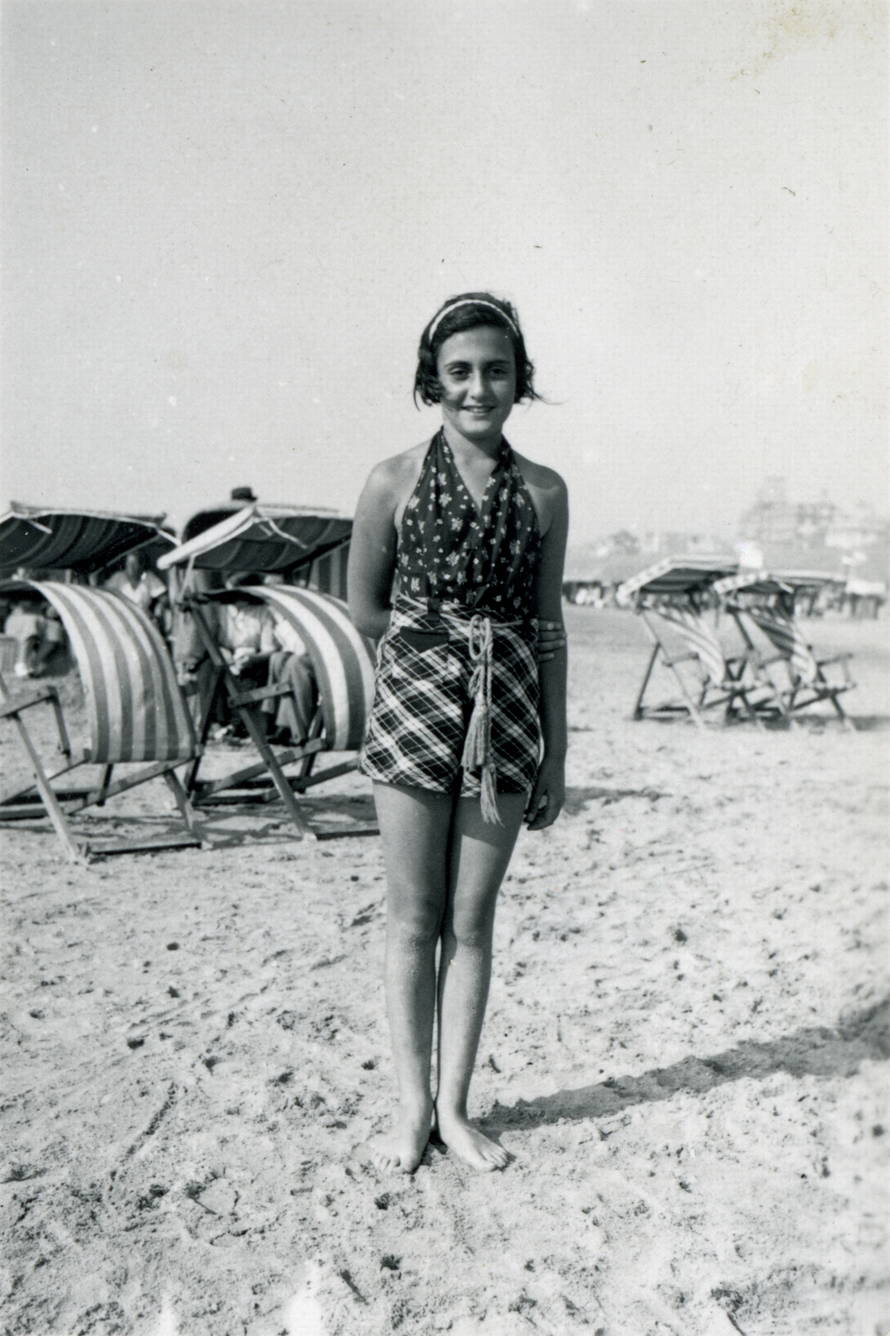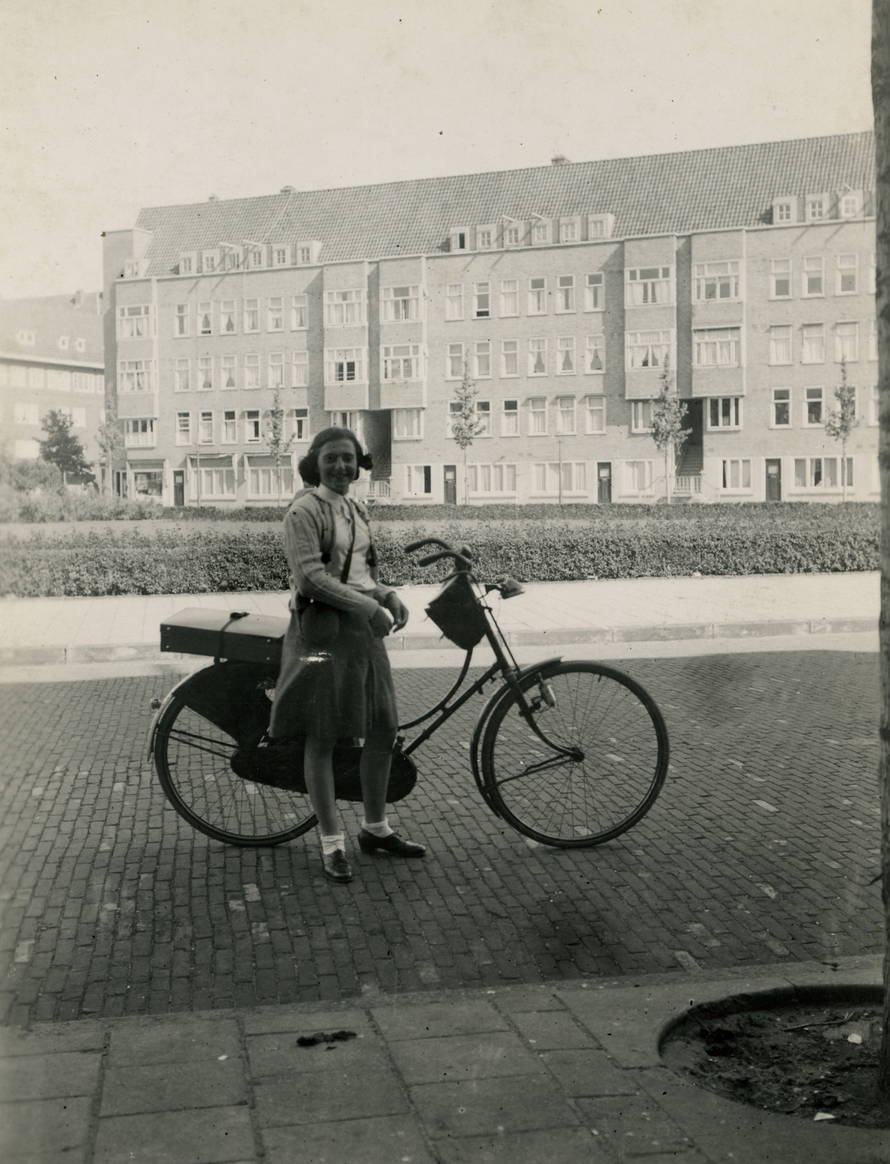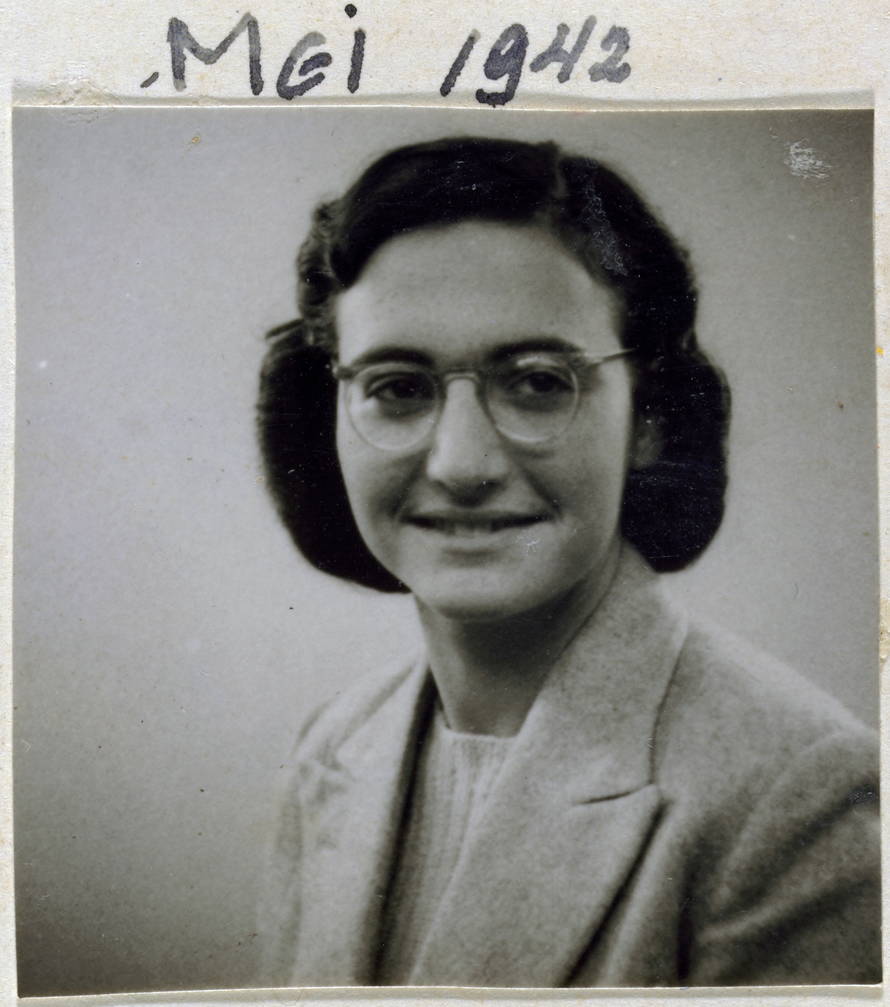Family
Margot Frank
Margot was Anne's calm and clever older sister. With her more boisterous temperament, Anne felt like her sister's opposite.
On 5 July 1942, 16-year-old Margot received a summons for “labour duty in Germany”. The next day, the Frank family moved into the secret annex that had already been prepared. After 25 months, the secret annex was discovered and all the people in hiding were arrested and deported. Anne and Margot remained together the whole time until their death in the Bergen-Belsen concentration camp in 1945.





